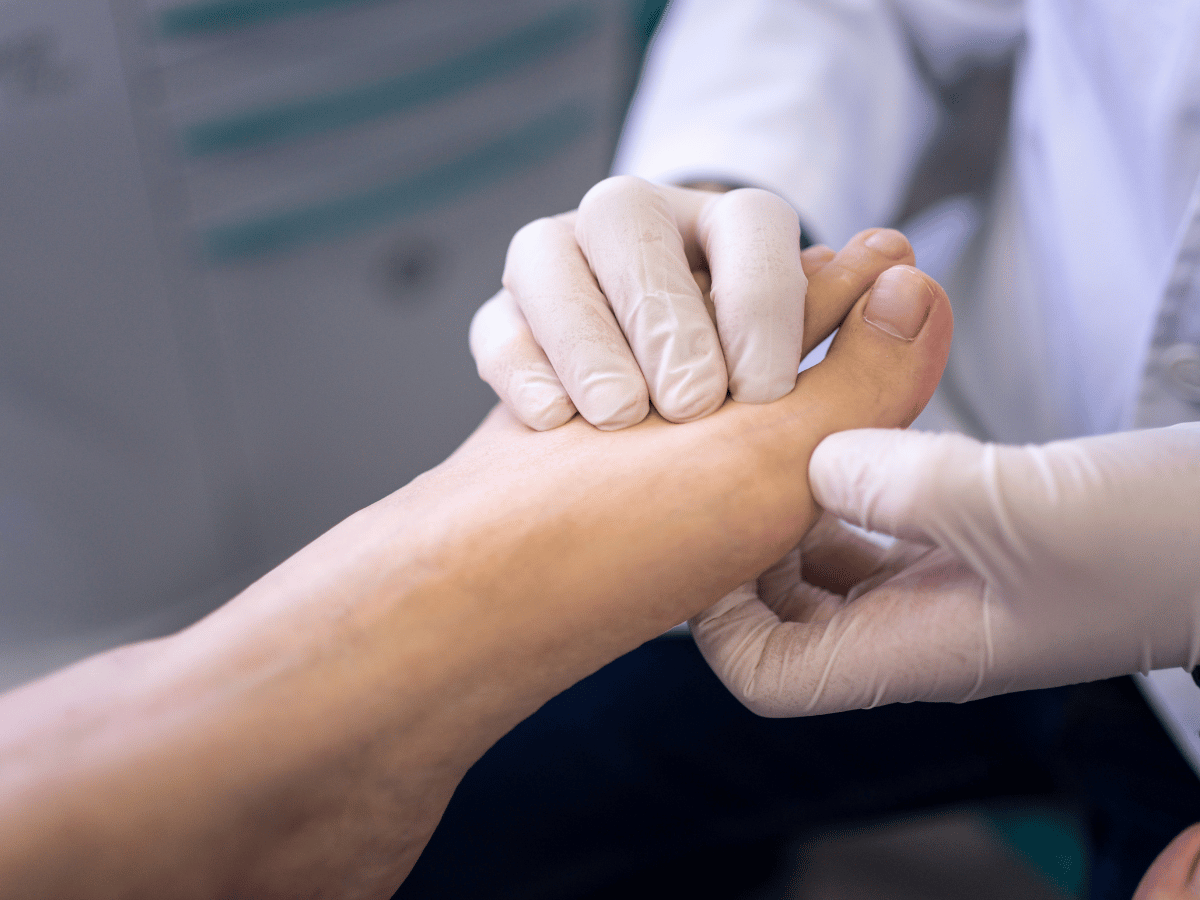
Living with diabetes demands attention to many aspects of health, but foot care is often underestimated, until something goes wrong. The truth is, diabetic foot issues aren’t just painful or inconvenient, they can be life-altering. We’ve seen firsthand how minor injuries can spiral into serious problems when overlooked. That’s why it’s vital we take proactive steps to protect our feet and prioritize proper diabetic foot care every single day.
Roughly 15% of individuals with diabetes will experience a foot ulcer at some point. Although this might sound like a small number, the risks attached are significant. Diabetic foot ulcers are the leading cause of non-traumatic lower limb amputations in the U.S.
What makes these wounds so dangerous? Many patients don’t feel them forming. Without pain to alert us, injuries may go unnoticed until infection sets in. Add poor circulation into the mix, and healing becomes an uphill battle. According to the CDC, nearly 60% of non-traumatic lower-limb amputations among people with diabetes stem from infected foot ulcers.
Let’s break it down. High blood sugar levels over time can lead to two major issues that compromise foot health:
This condition damages nerves, reducing sensation, especially in the feet. You might not notice a pebble in your shoe, a scratch from the bed frame, or a burn from hot water. Injuries go untreated, and risks compound.
PAD restricts blood flow to the lower limbs, stalling the body’s healing process. When blood can’t efficiently reach an injured area, fighting infection and regeneration becomes difficult.
Good foot care routines don’t need to be complex to be effective. In fact, consistency is what matters most.
These habits help us catch problems early and prevent new ones from forming.
Knowing what to look for is half the battle. If you’re a diabetic, here are red flags you shouldn’t ignore:
Spotting any of these? Reach out to your care team without delay.
Think of a podiatrist as your foot’s best advocate. Many complications can be avoided through routine evaluations. We recommend that diabetic patients, especially those with neuropathy or vascular disease, see a foot specialist at least once a year.
During these visits, podiatrists assess risk, check for unnoticed injuries, and provide guidance tailored to your feet. For high-risk individuals, quarterly visits may be advised.
The best way to deal with foot ulcers? Prevent them altogether. Here’s what works:
Staying within target blood glucose levels supports immune function and skin integrity, two pillars of ulcer prevention.
Diabetic-friendly shoes reduce pressure points, friction, and risk of breakdown. If you’ve had ulcers before, custom orthotics can be game changers.
Thick skin can hide underlying ulcers. Never attempt to cut calluses on your own, let your podiatrist handle it professionally.
When infection develops, time is critical. Diabetic foot infections vary in severity, but most require:
In advanced cases, surgical drainage or even amputation may be necessary. Luckily, early treatment often prevents serious outcomes.
Footwear isn’t just a comfort issue, it’s a medical necessity. Let’s prioritize shoes that:
Many patients invest in diabetic shoes with Medicare-approved support. In our clinic, we’ve seen foot ulcers drop substantially when patients switch from fashion over function.
Sometimes, conventional treatment isn’t enough. That’s where advanced therapies come in:
Increases oxygen supply to wounds, speeding healing.
These grafts help regenerate skin over complex ulcers.
A specialized device places suction on wounds to remove fluid and stimulate healing.
While not every case qualifies for these treatments, they’ve saved limbs in critical situations.
Empowerment starts with knowledge. Here are some lasting tips we share with every patient:
The steps we take today shape our health tomorrow. By prioritizing preventive care over crisis response, we reduce risks dramatically.
Diabetic foot care includes daily foot checks, proper hygiene, protective footwear, and regular podiatric visits. It helps prevent ulcers, infections, and amputations.
Daily inspection is recommended. Use a mirror or ask someone to help if visibility is an issue.
Numbness, persistent swelling, changes in skin color, sores that won’t heal, and unusual foot shapes are primary indicators.
Footwear should offer cushioning, support, and plenty of toe space. Diabetic shoes and custom inserts are often the best options.
Yes. Many cases improve with wound care, offloading, dressing changes, and antibiotics when infection is present.
Aim for tight blood sugar control, commit to daily foot inspections, maintain foot hygiene, and keep up with regular podiatric checkups.
Your health deserves dedicated attention and comprehensive care. Join our Concierge Primary Medical Care program today and experience a new standard of personalized medical care.
Schedule a consultation now using the below listed form!
Connect with South Florida’s trusted multispecialty care team and take control of your health with compassion and convenience.
©2025 South Florida Multispecialty Medical Group. All Rights Reserved.